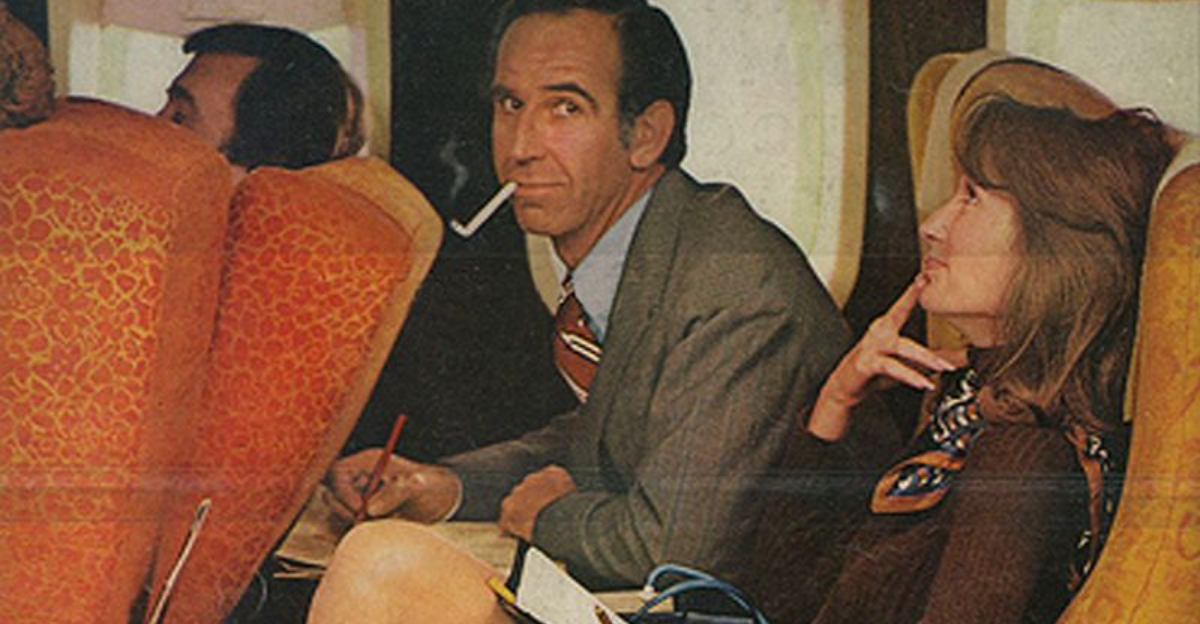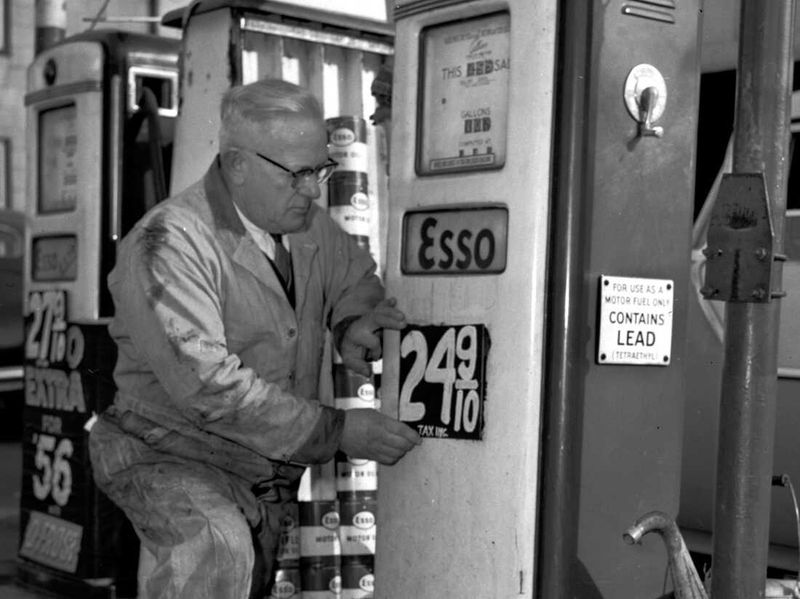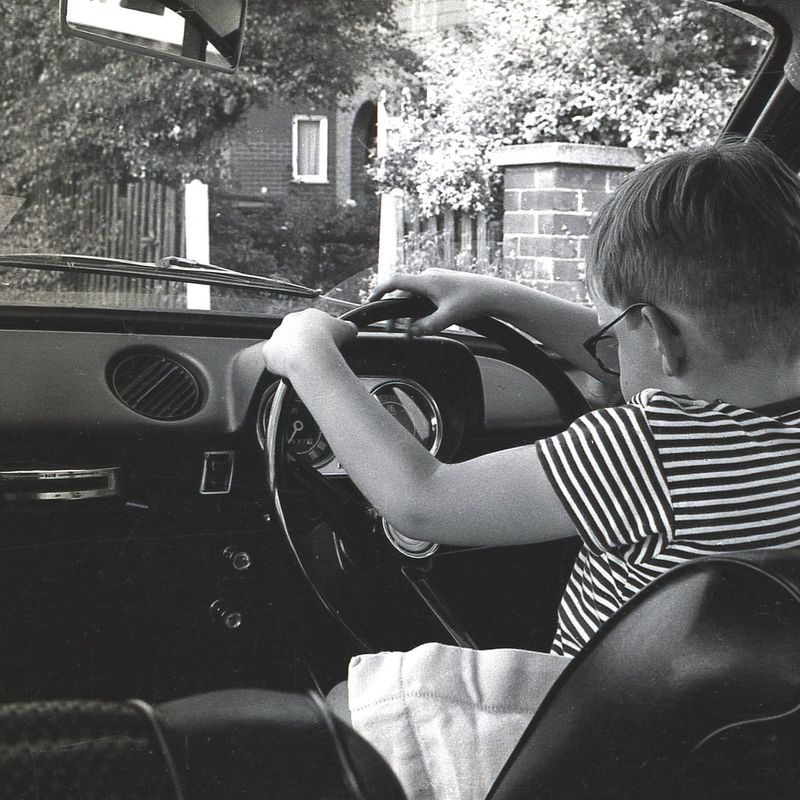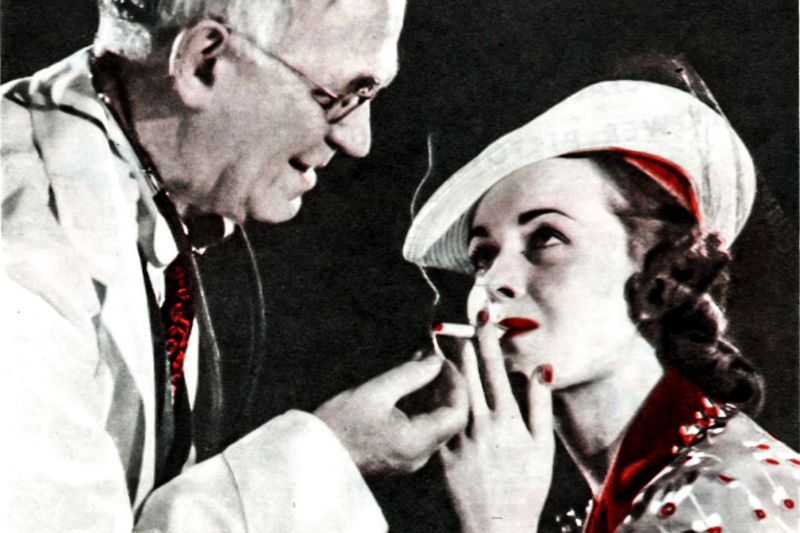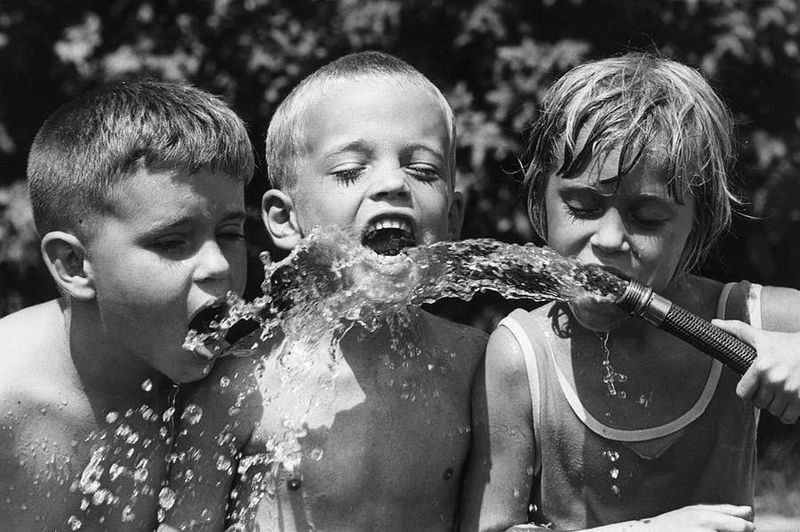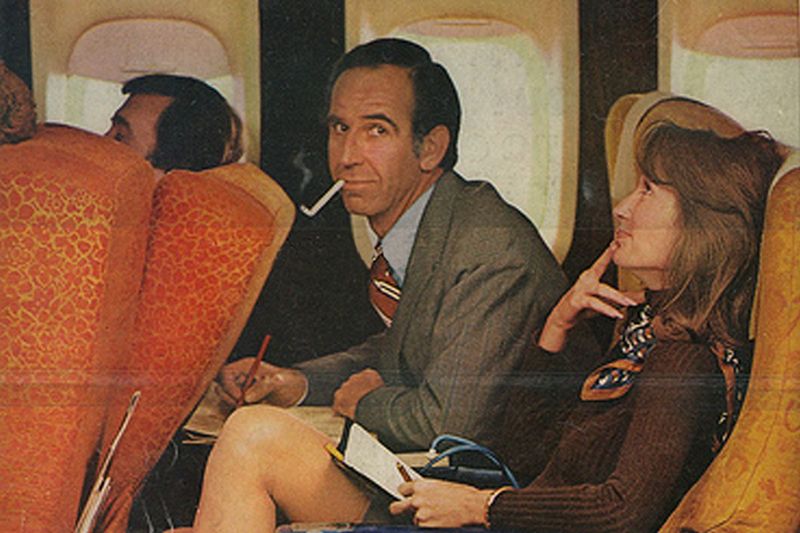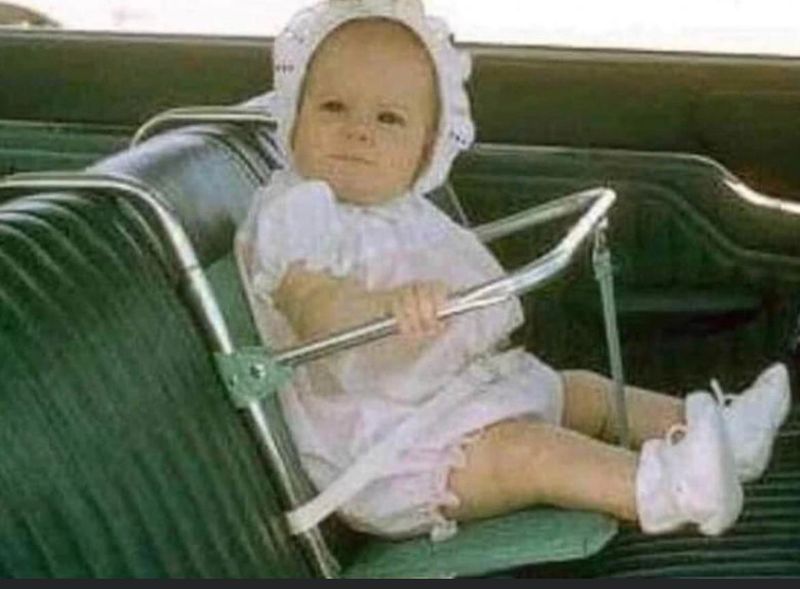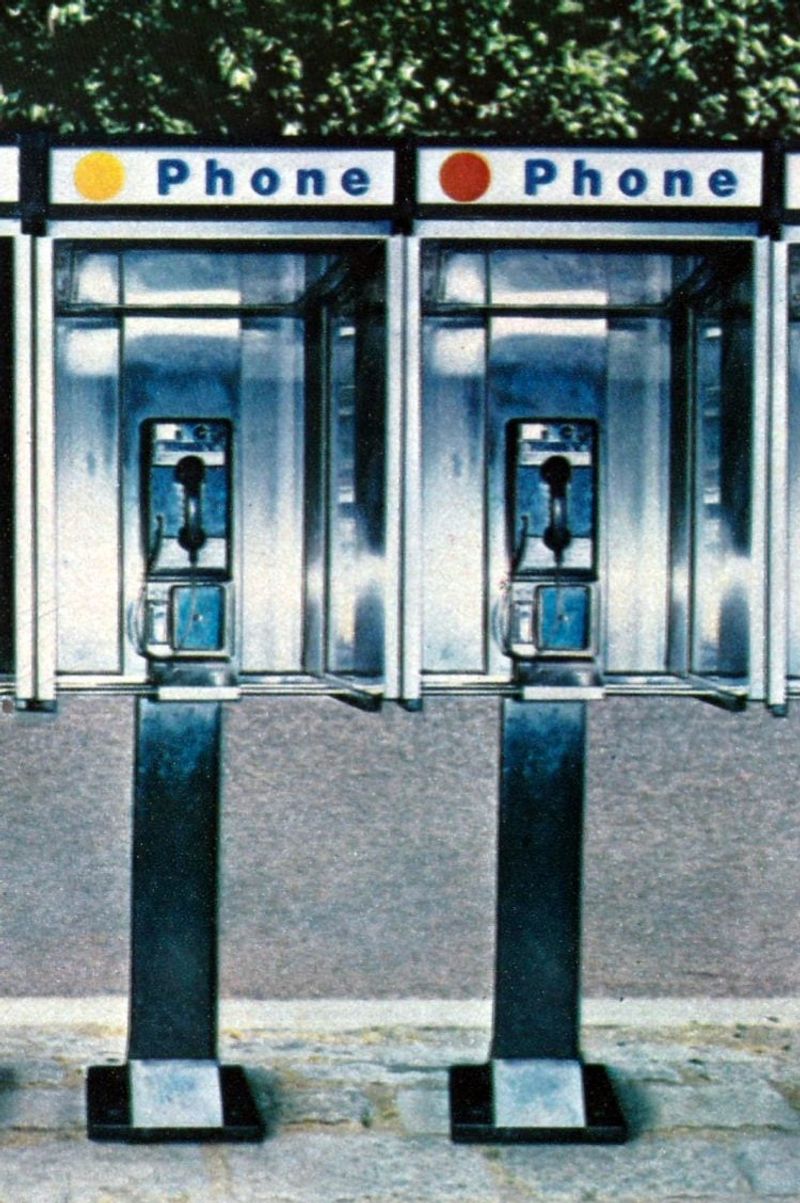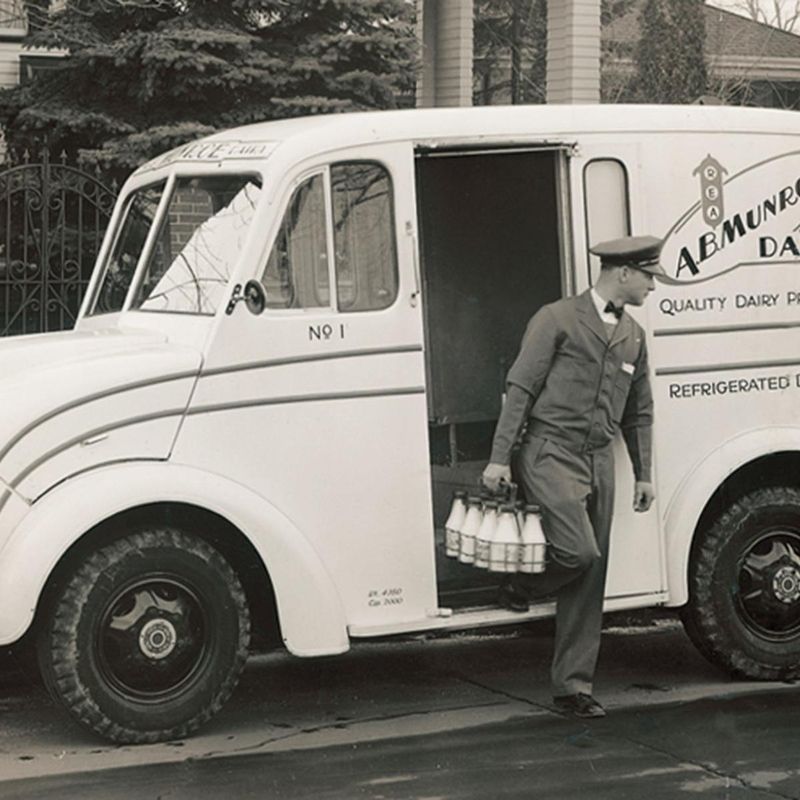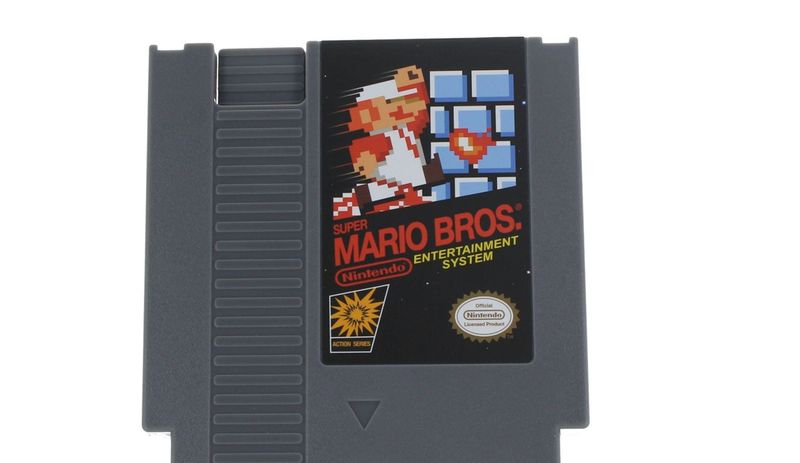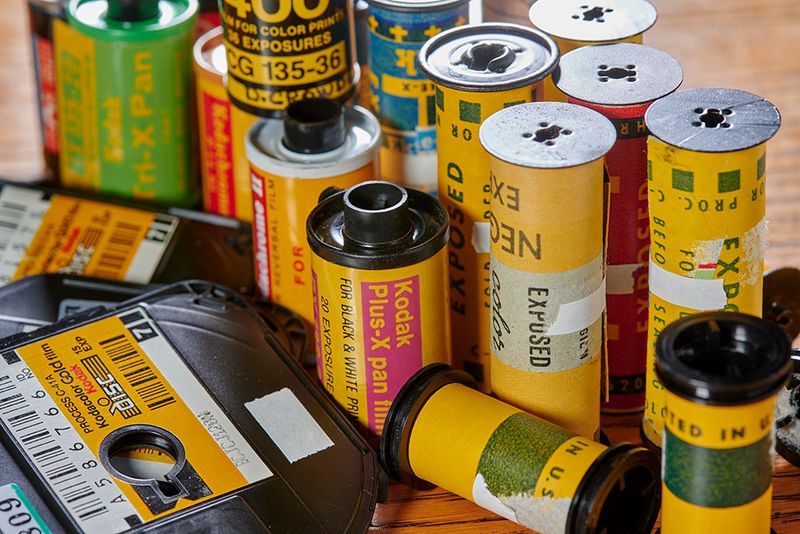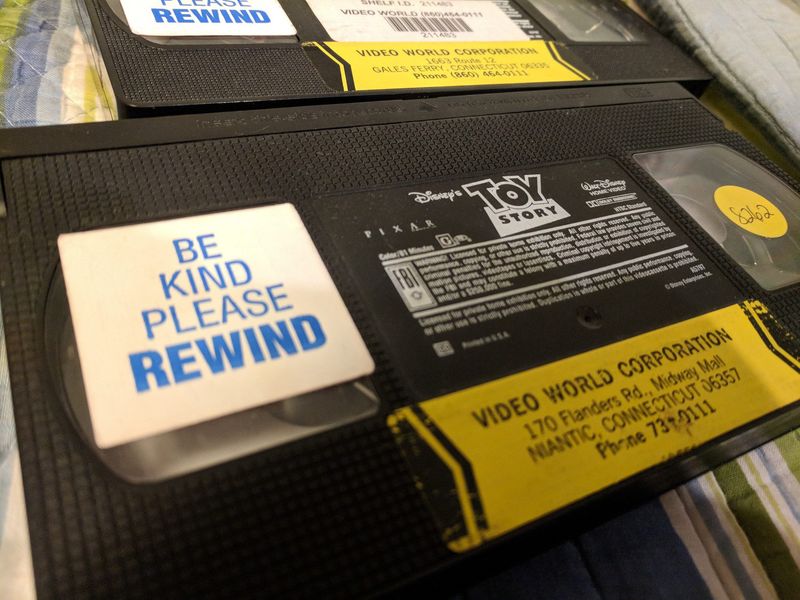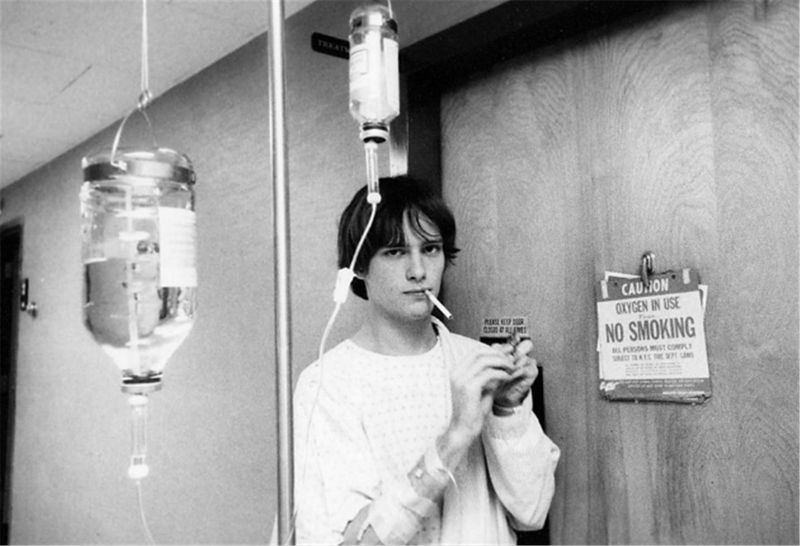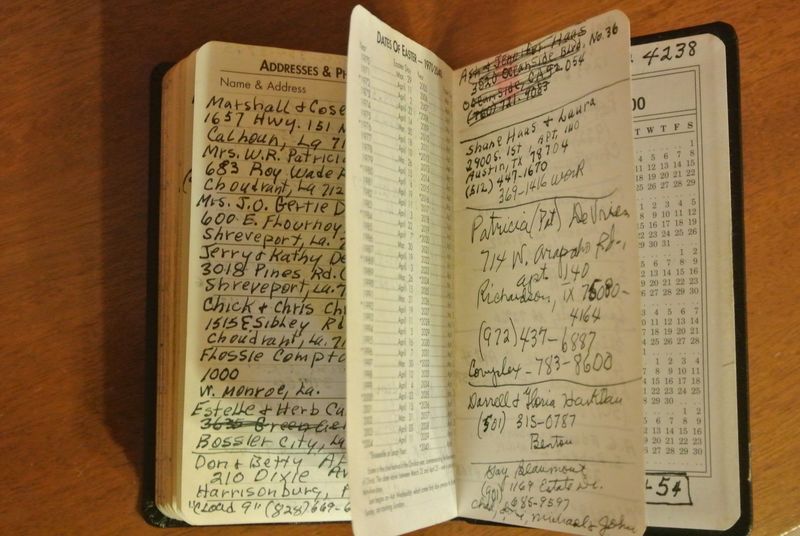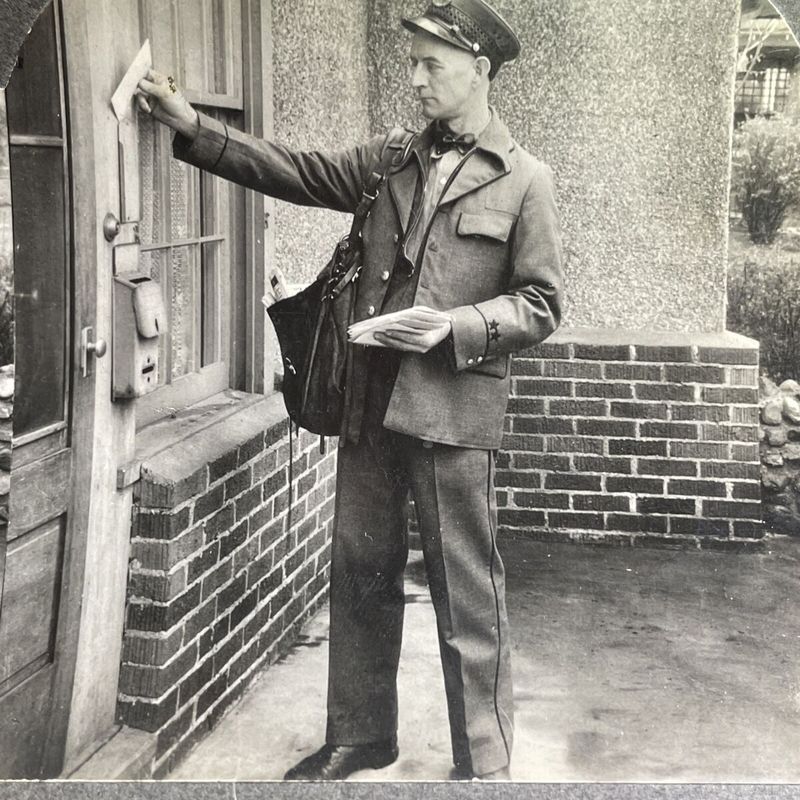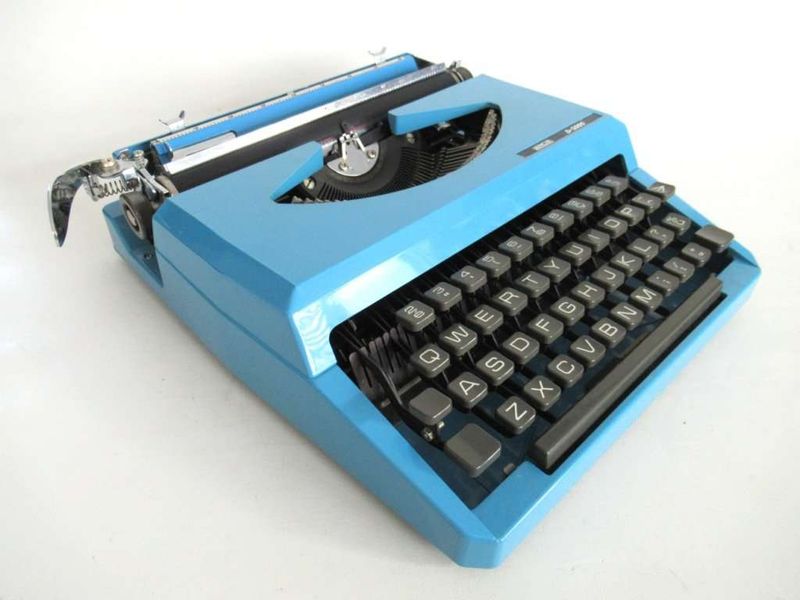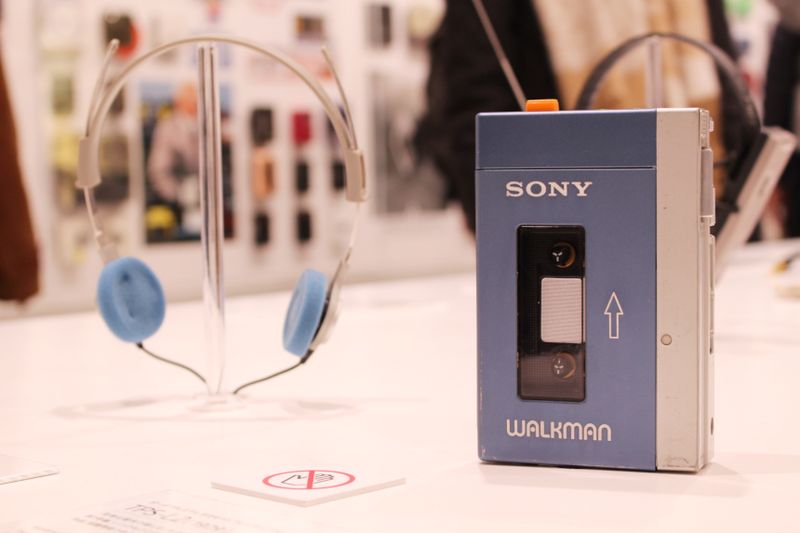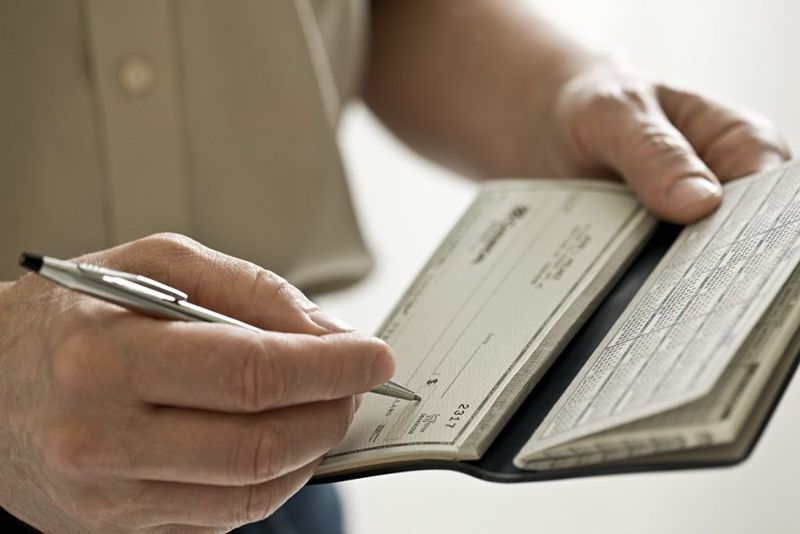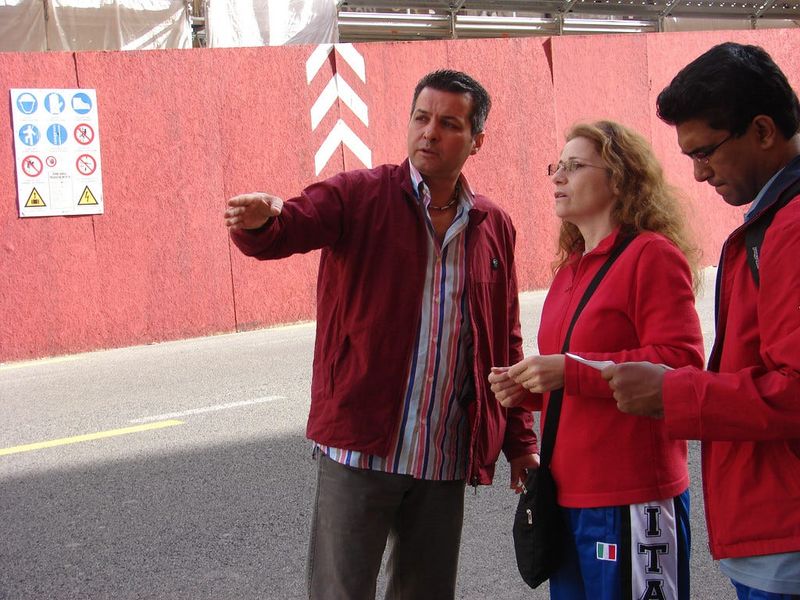The world has seen a revolution in lifestyle changes, and with these transformations, many everyday practices from the past have become utterly baffling when viewed through today’s lens. As society evolves, so do the norms and conveniences we once took for granted. Here, we explore 29 common aspects of life in the past that leave us scratching our heads today. Get ready to embark on a journey through time to uncover the surprisingly absurd practices of yesteryears.
1. Using Leaded Gasoline
Leaded gasoline was once the norm at gas stations worldwide. The practice, intended to improve engine performance, had dire environmental and health impacts. We now realize how dangerous lead is, especially to children’s development. Back then, however, cars guzzled leaded fuel without a second thought. It’s hard to fathom why we ever thought adding lead to fuel was a bright idea. Fortunately, the transition to unleaded gasoline began in the 1970s, leading to cleaner air and healthier communities. It’s a powerful reminder of progress in environmental awareness and public health.
2. Children Riding in Cars Without Seatbelts
Remember those carefree days when children would tumble around in the backseat during a car ride? Back then, seatbelts were optional, and car seats for children were nearly nonexistent. The thought of it now, when child safety is paramount, is almost terrifying. We’ve come a long way in understanding the importance of securing young passengers. It’s comforting to know that modern vehicles are designed with safety at their core, ensuring our little ones are protected. This shift highlights significant advancements in automotive safety standards and parental peace of mind.
3. Doctors Recommending Cigarettes
Believe it or not, there was a time when doctors recommended smoking. In the mid-20th century, cigarette advertisements often featured doctors promoting smoking as a healthful activity. Today, this notion is absurd, given the overwhelming evidence of smoking’s health risks. In a world where tobacco use is heavily regulated, it’s baffling to think medical professionals once endorsed this habit. The stark contrast in medical advice reflects how far we’ve come in understanding and prioritizing public health. It’s a testament to the ever-evolving nature of medical science and health advocacy.
4. Drinking from the Garden Hose
On a hot summer day, nothing was more refreshing than a sip of water straight from the garden hose. In the past, this was a quintessential childhood experience. However, today, concerns about water quality and hose materials make this practice less appealing. Parents now prefer to offer bottled or filtered water to their children. The idea of drinking unfiltered water from a hose seems risky, as we are more aware of potential contaminants. This change reflects an increased focus on health and safety in our everyday lives, even in seemingly trivial matters.
5. Smoking on Airplanes
Imagine boarding a flight where the cabin fills with smoke as passengers light up cigarettes. This was once a common scene. Before the 1980s, smoking on airplanes was not only permitted but also widely accepted. It seems unbelievable today, given our understanding of secondhand smoke’s dangers. The idea of breathing in smoke while flying is unthinkable in our modern world focused on health and comfort. In a time when air quality and safety are prioritized, this practice feels as foreign as flying in the cargo hold. A relic of a less health-conscious era.
6. Leaving Kids in the Car While Shopping
Imagine leaving your children alone in a parked car while you go shopping. This scenario was once common, but today it’s unthinkable. With increased awareness of potential dangers and a focus on child safety, parents are more cautious. Modern laws even make it illegal in many places to leave children unattended in vehicles. The change in practice highlights a broader societal commitment to protecting vulnerable populations. It also reflects a shift towards more responsible parenting and community awareness. This evolution emphasizes the importance of child safety above convenience.
7. Calling People Without Texting First
Once upon a time, picking up the phone to call someone without a prior heads-up was perfectly normal. In today’s text-first culture, this seems strange. We’ve grown accustomed to the courtesy of a pre-call text to ensure convenience. The evolution of communication preferences highlights our desire for control over our personal interactions. It’s a testament to how technology has reshaped our social norms, making us more considerate of each other’s time. This shift underscores the balance between staying connected and respecting personal space in modern communication.
8. Ashtrays in Every Room
Picture this: ashtrays scattered throughout every room in the house. In the past, smoking indoors was a norm, so ashtrays were essential. Today, with smoking bans in place and a greater emphasis on air quality, homes are typically ashtray-free. The idea of filling the air with smoke inside our living spaces seems absurd now. This change mirrors a broader cultural shift towards healthier living environments. It’s also a reflection of increased societal awareness about the dangers of secondhand smoke, marking progress in public health advocacy.
9. Pay Phones on Every Corner
Remember when pay phones were a common sight on every corner? In an era before cellphones, they were essential for staying connected on the go. Today, they are nearly extinct, relics of a time when communication was less immediate. The disappearance of pay phones illustrates how profoundly mobile technology has transformed our lives. It’s fascinating to consider how quickly we’ve adapted to carrying powerful communication tools in our pockets. This change highlights the rapid pace of technological advancement and its impact on our daily routines and connectivity.
10. Pagers and Beepers for Everyone
In the 1990s, pagers and beepers were the epitome of cutting-edge communication. Professionals and teenagers alike relied on these devices to stay in touch. Today, they seem like quaint relics of a less connected era. The rise of smartphones has rendered pagers obsolete, as instant communication is now at our fingertips. This change underscores the incredible leaps in communication technology we’ve witnessed. It’s a nostalgic reminder of a time when receiving a page felt urgent and important, contrasting starkly with the seamless connectivity we enjoy today.
11. Milk Delivery to Your Doorstep
There was a time when fresh milk was delivered directly to your doorstep. The clinking of glass bottles heralded the arrival of the milkman. Today, this charming tradition is mostly lost, replaced by supermarket convenience. The decline of milk delivery reflects broader changes in how we shop and consume. It’s fascinating to think about how home delivery has evolved, with groceries now ordered online and dropped at our doors. This shift highlights the ongoing transformation in consumer habits and the nostalgia of simpler, slower-paced times.
12. Blowing on Video Game Cartridges to Make Them Work
Blowing on a video game cartridge to fix a glitch was a ritual for many kids in the 1990s. Despite lacking scientific proof, it was a widespread belief that this trick would magically resolve issues. Today, digital downloads and advanced technology make such fixes unnecessary. The practice seems almost superstitious now, reflecting how far gaming technology has progressed. It’s a quirky reminder of our creative problem-solving in the face of technological limitations. The evolution of gaming from cartridges to cloud-based platforms illustrates the rapid pace of innovation in the entertainment industry.
13. Recording TV Shows on VHS Tapes
Back in the day, recording your favorite TV shows on VHS tapes was the height of convenience. Setting the VCR to capture episodes was a ritual for many. Today, streaming services and digital recording have made this practice obsolete. The idea of juggling tapes and rewinding to watch a show is almost comical now. This shift highlights the incredible advancements in broadcast technology and the way we consume media. It’s a nostalgic peek into a time when watching TV required more planning and effort, contrasting with today’s on-demand viewing culture.
14. Developing Film to See Your Photos
Waiting to see your photos was once an exercise in patience. Dropping off film rolls for development was a necessary step to relive captured moments. Today, instant digital photos make this process seem cumbersome and outdated. The anticipation of waiting for prints is a foreign concept for those accustomed to immediate gratification. This transition reflects the rapid advancement of photography technology and our changing expectations. It’s a testament to how technology has transformed how we capture and share memories, turning photography into a spontaneous and instantaneous experience.
15. Using a Phone Book to Find a Number
In a world before digital directories, the phone book was an essential household item. Flipping through pages to find a number was a common task. Today, this seems laborious and antiquated given the ease of online searches. The phone book’s decline highlights the evolution of information access in the digital age. It’s a reflection of how technology has simplified mundane tasks, making information retrieval instantaneous. This change underscores the shift towards more efficient ways of accessing and organizing data, marking progress in how we handle everyday information needs.
16. Rewinding Movie Rentals Before Returning Them
Once upon a time, a trip to the video rental store included the reminder to ‘Be Kind, Rewind.’ Rewinding VHS tapes was a common courtesy before returning them. In today’s world of digital streaming, this practice is a distant memory. The notion of physically returning a movie seems quaint and cumbersome now. This evolution highlights how far we’ve come in media consumption, moving from physical rentals to instant access. It’s a nostalgic nod to a simpler time, when Friday night entertainment involved browsing store aisles rather than scrolling through digital libraries.
17. Smoking Indoors—Even in Hospitals
There was a time when lighting a cigarette indoors, even in hospitals, was perfectly normal. The sight of ashtrays in waiting rooms is unfathomable today, given our awareness of tobacco’s risks. Smoking indoors has been largely banned, a reflection of society’s commitment to public health. The idea of patients and visitors being exposed to smoke in a medical setting is shocking now. This change highlights the progress in health policies aimed at creating healthier environments. It’s a stark reminder of how much attitudes towards smoking have shifted over the decades.
18. Having to Remember Everyone’s Phone Number
Before smartphones stored our contacts, remembering phone numbers was a necessary skill. Jotting them down in notebooks or relying on memory was common. Today, this seems cumbersome, as technology takes care of it for us. The shift reflects how digital devices have eased the burden of memory, allowing us to focus on more meaningful interactions. It’s amazing to think how quickly we’ve adapted to this change. The convenience of having all contacts readily accessible highlights the incredible advancements in personal technology, freeing us from mundane tasks and enhancing connectivity.
19. Wearing Matching Outfits for School Picture Day
School picture day often meant coordinated outfits, with siblings dressed in matching clothes. This tradition was part of the effort to create perfect family portraits. Today, the notion of forcing matching outfits on kids seems outdated and amusing. The shift towards more individual expression in school photos reflects broader changes in parenting and cultural norms. It’s a reminder of how family portraits have evolved, embracing uniqueness over uniformity. This evolution underscores the importance of individuality in today’s society, marking progress in how we celebrate and capture moments in time.
20. Licking Stamps to Mail Letters
The act of licking stamps to mail letters was once part of routine correspondence. Before self-adhesive stamps, moistening them was necessary to send mail. Today, this practice feels antiquated, with peel-and-stick stamps providing convenience. The change represents small yet significant advancements in everyday tasks. It’s interesting to consider how such a minor change reflects broader shifts in efficiency and design. This evolution in mailing habits highlights how technology and innovation have simplified even the smallest aspects of life, making communication easier and more accessible.
21. Waiting Weeks for a Letter to Arrive
In a time before email, waiting weeks for a letter to arrive was standard. The anticipation of receiving mail was part of the experience. Today, with instant messaging, this seems painfully slow and impractical. The shift highlights how technology has drastically changed communication, making it almost instantaneous. It’s fascinating to think of a world where patience was necessary for long-distance correspondence. This change underscores the rapid pace of technological advancement and its impact on personal and professional communication, allowing us to stay connected like never before.
22. Manual Roll-Down Car Windows
There was a time when rolling down car windows required actual effort. Manual window cranks were the standard before power windows became ubiquitous. Today, this seems laborious and outdated, with electric controls offering convenience at the push of a button. The shift towards automation reflects broader trends in vehicle design and user experience. It’s a reminder of how technology has enhanced comfort and efficiency in everyday life. This evolution underscores the continuous improvements in automotive engineering, aimed at simplifying tasks and improving driver and passenger experiences.
23. Typing Papers on a Typewriter
Before computers, typewriters were the tool of choice for writing papers. The clacking of keys was music to the ears of many writers. Today, the idea of manually typing and correcting errors seems cumbersome and inefficient. The transition to digital word processors highlights the leap in writing technology. It’s fascinating to see how tools have evolved to make writing more efficient and accessible. This change reflects the broader impact of digital technology on professional and creative tasks, showcasing progress in making writing more fluid and less labor-intensive.
24. Using Encyclopedias Instead of Google
Before Google, encyclopedias were the go-to for research. Flipping through volumes for information was standard. Today, this seems outdated, with digital searches offering instant access to knowledge. The shift underscores the phenomenal impact of the internet on information access. It’s a testament to how quickly we’ve embraced digital technology to simplify research. This change highlights the transformation in educational resources and the democratization of information, allowing us to explore the world’s knowledge with unprecedented ease and speed.
25. TV Going Off the Air at Night
Once upon a time, TV stations signed off for the night, leaving viewers with a test pattern. In today’s 24/7 media landscape, this concept is alien. The shift to round-the-clock broadcasting reflects changes in media consumption and technology. It’s intriguing to think of a time when television had off hours, marking the end of the day’s programming. This change underscores the evolution of entertainment, catering to an ever-demanding audience. The transition to continuous broadcasting highlights how media has adapted to keep up with our insatiable appetite for content.
26. Carrying Around a Walkman or Discman
Before smartphones and streaming services, portable music was all about the Walkman and Discman. These devices were staples for music lovers on the go. Today, the idea of carrying multiple CDs or tapes seems cumbersome. The shift to digital music players and smartphones highlights the rapid evolution of music technology. It’s fascinating to see how personal music experiences have transformed, offering vast libraries at our fingertips. This change underscores the impact of digital innovation on entertainment, making music more accessible and personalized than ever before.
27. Storing Personal Info in a Rolodex
The Rolodex, once a staple of office organization, stored all crucial contacts. Flipping through cards to find numbers was a common activity. Today, digital contact lists make this seem cumbersome and outdated. The decline of the Rolodex reflects the shift towards digital efficiency in managing information. It’s a testament to how technology has streamlined professional tasks, allowing for quick access and organization. This change highlights the ongoing evolution in office tools, making workspaces more dynamic and adaptable to the demands of modern business environments.
28. Balancing a Checkbook by Hand
Once a routine task, balancing a checkbook by hand required careful attention to detail. Today, digital banking and apps have simplified this process, making it nearly obsolete. The shift to automated financial management highlights the impact of technology on personal finance. It’s fascinating to see how digital tools have transformed the way we manage money, offering convenience and accuracy. This change underscores the broader trend towards automation and digital solutions in everyday tasks, reflecting progress in making financial management more accessible and efficient.
29. Having to Ask Strangers for Directions
In a pre-GPS world, asking strangers for directions was a common practice. Navigating unfamiliar places relied on the kindness of passersby. Today, this seems unnecessary with digital maps and GPS at our service. The shift highlights the impact of navigation technology on our daily lives, making travel more seamless. It’s interesting to consider how quickly we’ve adapted to relying on digital guidance. This change underscores the transformation in travel and exploration, allowing us to confidently navigate the world with digital precision and ease, no longer dependent on others.
